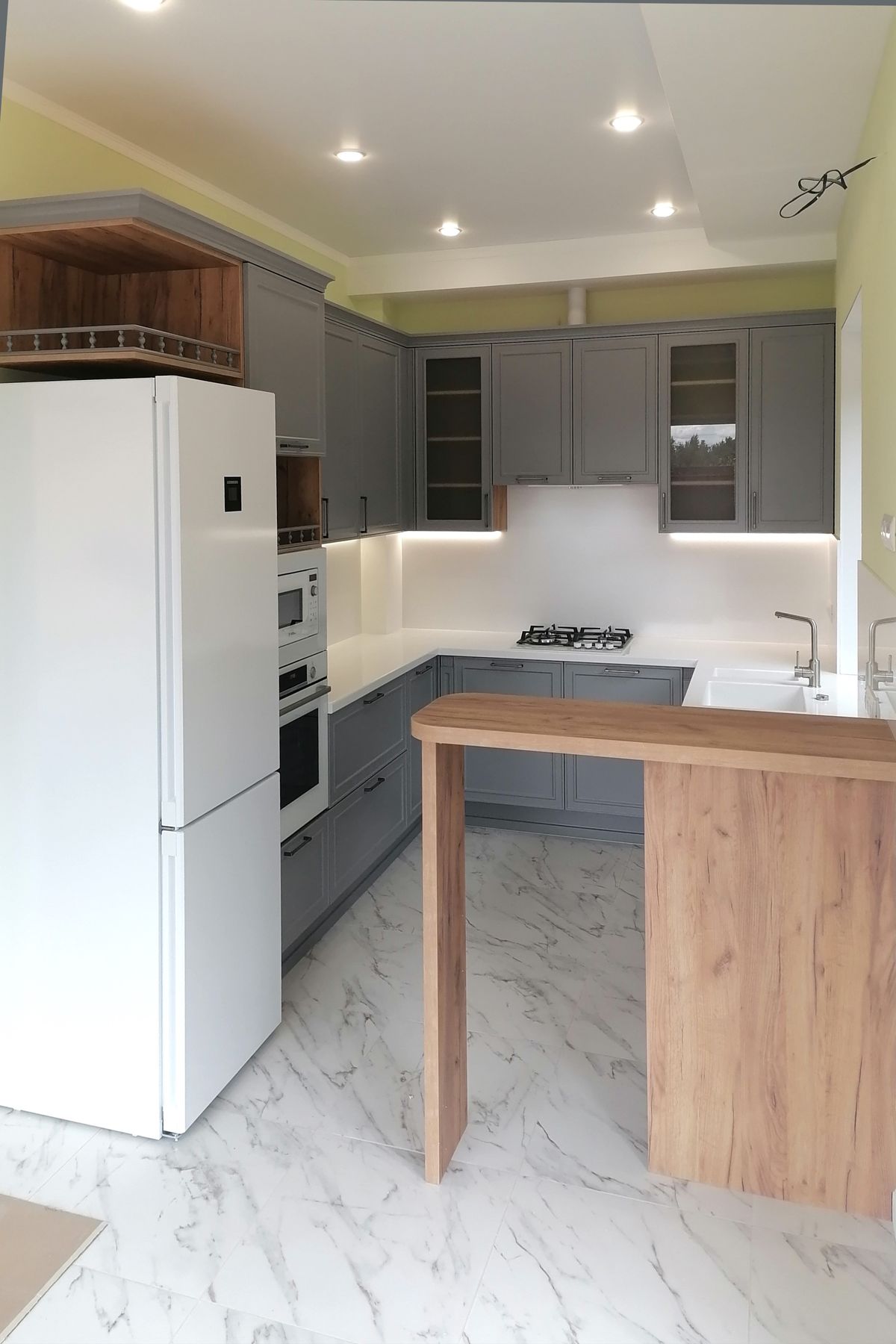
Introduction to Redefined Culinary Spaces
As the world evolves, so do our culinary spaces – the areas where food is prepared, cooked, and enjoyed. Traditional kitchens and dining rooms are undergoing a profound transformation, both in professional and home environments. This shift reflects not only advances in technology and design but also changes in social dynamics, environmental considerations, and the way we think about food itself. In this article, we will explore the various forms of culinary spaces that have been redefined, ushering in a new era of gastronomy and community.
The Rise of Open-Plan Kitchens
One of the most significant changes in modern homes is the adoption of the open-plan kitchen. This layout seamlessly integrates the cooking area with the living and dining spaces, creating a communal atmosphere that encourages interaction and togetherness. The open-plan kitchen is not just a design choice; it reflects a cultural shift towards casual dining, shared experiences, and the democratization of the cooking process. With no walls to separate the cook from the guests, meal preparation becomes part of the entertainment, fostering a collaborative culinary experience.
Technology-Infused Cooking Areas
Technological advancements are redefining culinary spaces in both form and function. Innovative appliances, such as smart ovens and fridges, now come equipped with features that simplify meal preparation and enable remote control. Connectivity has made it possible to manage kitchen tasks through smartphones, and voice-activated assistants can guide us through recipes or manage our grocery lists. These high-tech integrations create culinary spaces that are more efficient, personalized, and adaptable to the needs and preferences of the modern cook.
Eco-Conscious and Sustainable Kitchens
Environmental awareness is shaping the redesign of culinary spaces, with sustainability taking center stage. Eco-friendly materials, energy-efficient appliances, and waste reduction systems are becoming standard in new kitchen designs. Composting, recycling, and water-saving features are incorporated into these spaces, illustrating a commitment to reducing the ecological footprint of cooking. By embracing green technologies and practices, culinary spaces are not only preparing meals but also helping to preserve our planet.
Multipurpose Culinary Hubs
Today's culinary spaces often serve multiple purposes beyond food preparation. With space at a premium, especially in urban areas, the kitchen can double as a home office, classroom, or craft area. Furniture and fixtures in these spaces are now designed to be versatile, with movable islands, retractable surfaces, and modular storage solutions providing the flexibility to adapt to different activities. The new culinary hub is a dynamic space that supports the many facets of daily life while keeping food at its heart.
Outdoor Cooking and Dining Experiences
The redefining of culinary spaces also extends beyond the confines of the indoors. Outdoor kitchens and dining areas have gained popularity, allowing people to enjoy the benefits of open-air cooking and al fresco dining. Equipped with all the essentials of an indoor kitchen, these outdoor culinary spaces invite a connection with nature while providing a perfect setting for social gatherings, barbecues, or quiet evenings under the stars.
Conclusion: The Future of Culinary Spaces
The redefinition of culinary spaces is a testament to our changing lifestyles, values, and interaction with food. From high-tech enhancements and sustainable designs to multipurpose layouts and the embrace of outdoor living, these changes are enhancing the way we cook, eat, and connect with others. As we continue to innovate and rethink our living environments, culinary spaces will undoubtedly continue to evolve, reflecting our desires for convenience, community, and a more sustainable way of life.